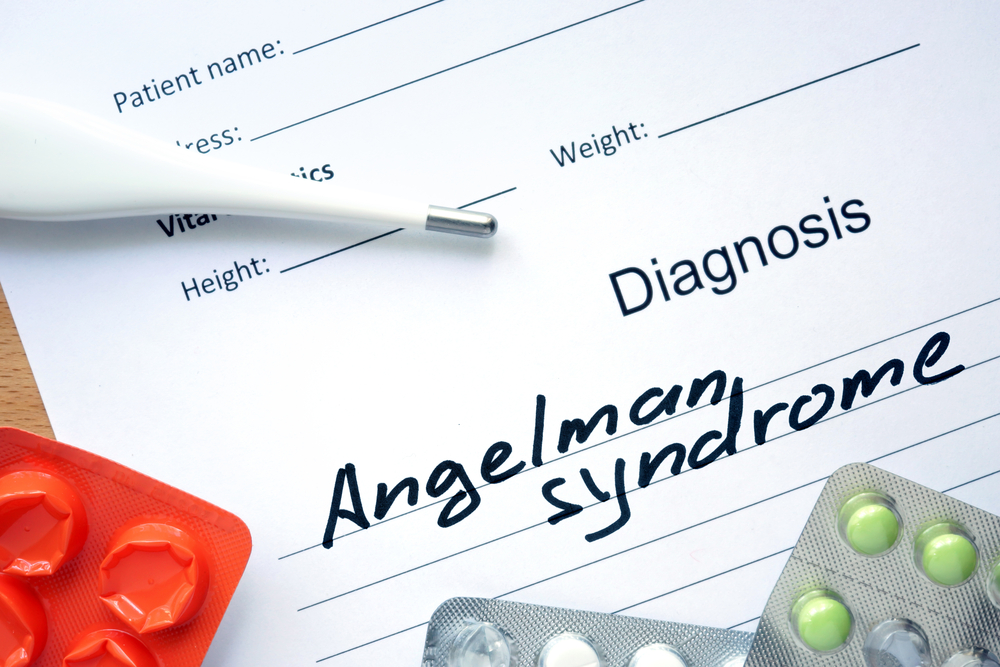DIAGNOSIS
Upon recognizing the common symptoms of Angelman Syndrome, parents are advised to consult the child’s pediatrician further to diagnose the child’s situation.
To come up with a diagnosis, the doctor shall perform a combination of several genetic tests which may include:
It is used to examine the size, shape, and count of the chromosomes in a cell.
- Fluorescent In Situ Hybridization (FISH)
It is performed to observe if any chromosomes are missing in a cell.
This test is conducted to determine if both copies of a gene (each from both mother and father) are active.
This is performed to seek abnormal activity in the maternal mutation of this gene.
Since most of the time, Angelman Syndrome is confused with the symptoms of Cerebral Palsy or Autism, this series of tests is needed to observe the gene responsible for the disease.
TREATMENT
There is no particular treatment for Angelman Syndrome. However, physicians focus on dealing with the symptoms to maintain a stable level of possibility for a quality life or help the child function normally.
Some interventions performed are:
- Prescription of anticonvulsants or anti-seizure medications to deal with occasional seizures
- Special diet, particularly keto or low glucose
- Physical therapy to assist with walking, posture, and balance difficulties, and to deal with limb stiffness
- Surgery is sometimes needed for severe cases of problematic posture that may have led to scoliosis.
- Hearing and speech aids and therapies like sign language classes, gesture therapies, and using high-technology communication devices
- Cognitive therapy to help with developmental and intellectual difficulties
- Behavioral therapy to overcome hyperactive behaviors and attention problems


